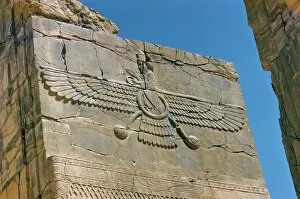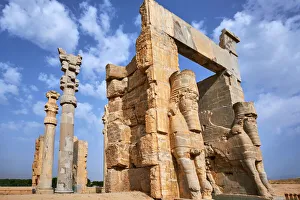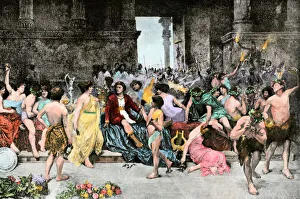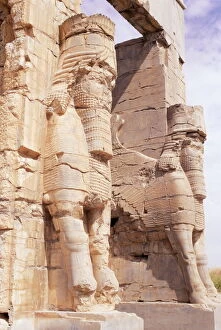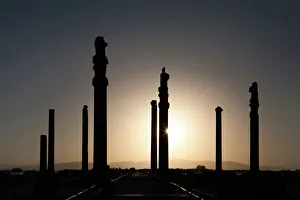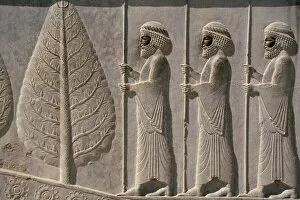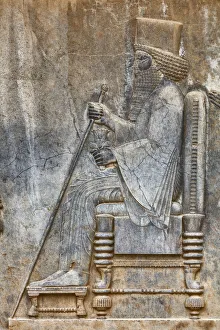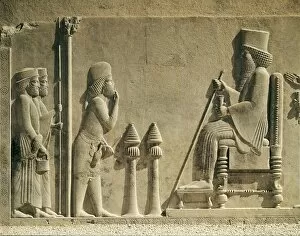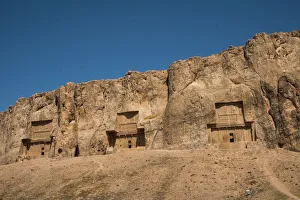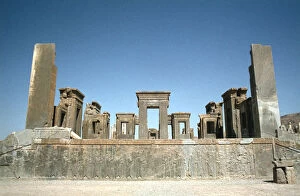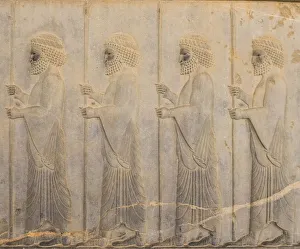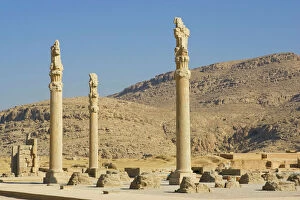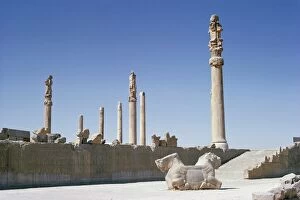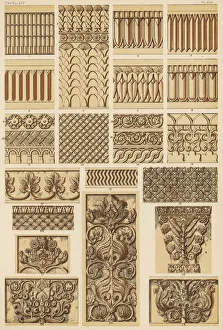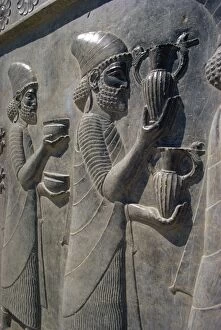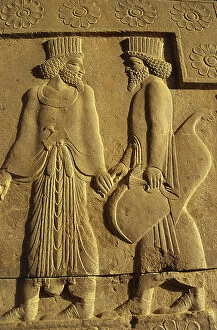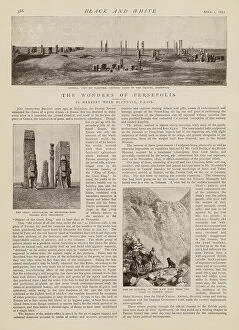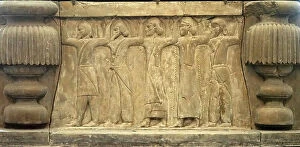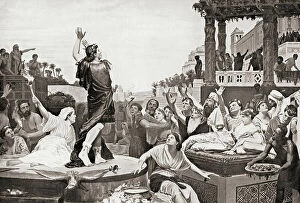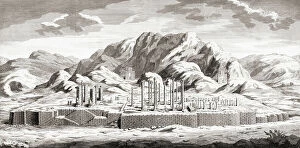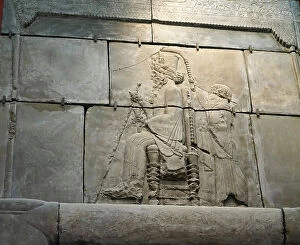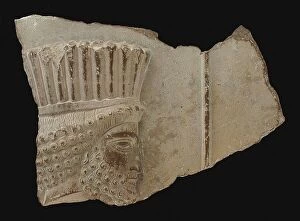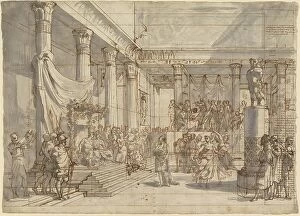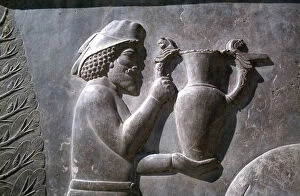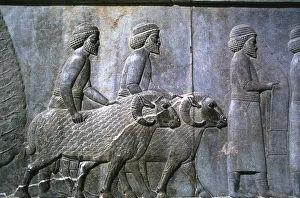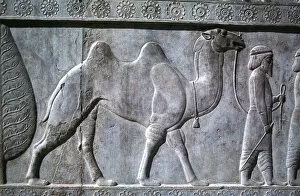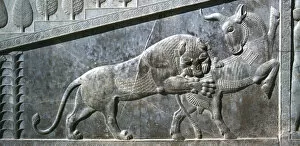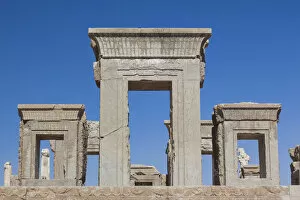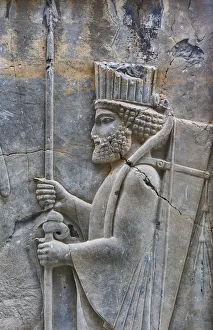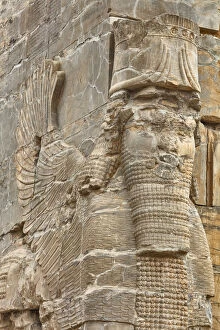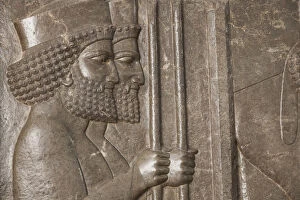Persepolis Collection
"Persepolis: A Glimpse into Ancient Iran's Majestic Past" Ahura Mazda, the supreme deity of Zoroastrianism, watches over Persepolis as a testament to its grandeur
All Professionally Made to Order for Quick Shipping
"Persepolis: A Glimpse into Ancient Iran's Majestic Past" Ahura Mazda, the supreme deity of Zoroastrianism, watches over Persepolis as a testament to its grandeur. Once the heart of the mighty Achaemenid Empire, this ceremonial capital in Fars Province stands proudly against time. As Alexander's army prepares to unleash destruction upon Persepolis, one can only imagine the awe-inspiring beauty that once adorned these ancient columns at sunset. The Palace of a Hundred Columns takes center stage with the Apadana gracefully standing behind it, showcasing architectural brilliance beyond compare. Carved reliefs depicting palace guards serve as silent witnesses to the opulence and power that once resided within these walls. Each intricate detail tells a story of Persian art and culture during Darius I's reign. Today, Persepolis remains an emblematic symbol of Iran's rich history. Its ruins stand tall amidst breathtaking landscapes, reminding us of its significance as the ceremonial capital of the Achaemenid Empire. The audience hall where Darius I held court comes alive through vivid imagination - a place where kings and nobles gathered under his watchful eye. This relief within Apadana Palace captures their presence for eternity. Venturing further into Fars Province unveils more wonders at Persepolis' archeological site. The Propylon or Gate of all Nations welcomes visitors with open arms, inviting them to explore this treasure trove steeped in antiquity. Persepolis beckons travelers from around the world to immerse themselves in its historical splendor, and is not just an ancient city but also a gateway into understanding Iran's glorious past – an experience that leaves one humbled by human achievements throughout time.

